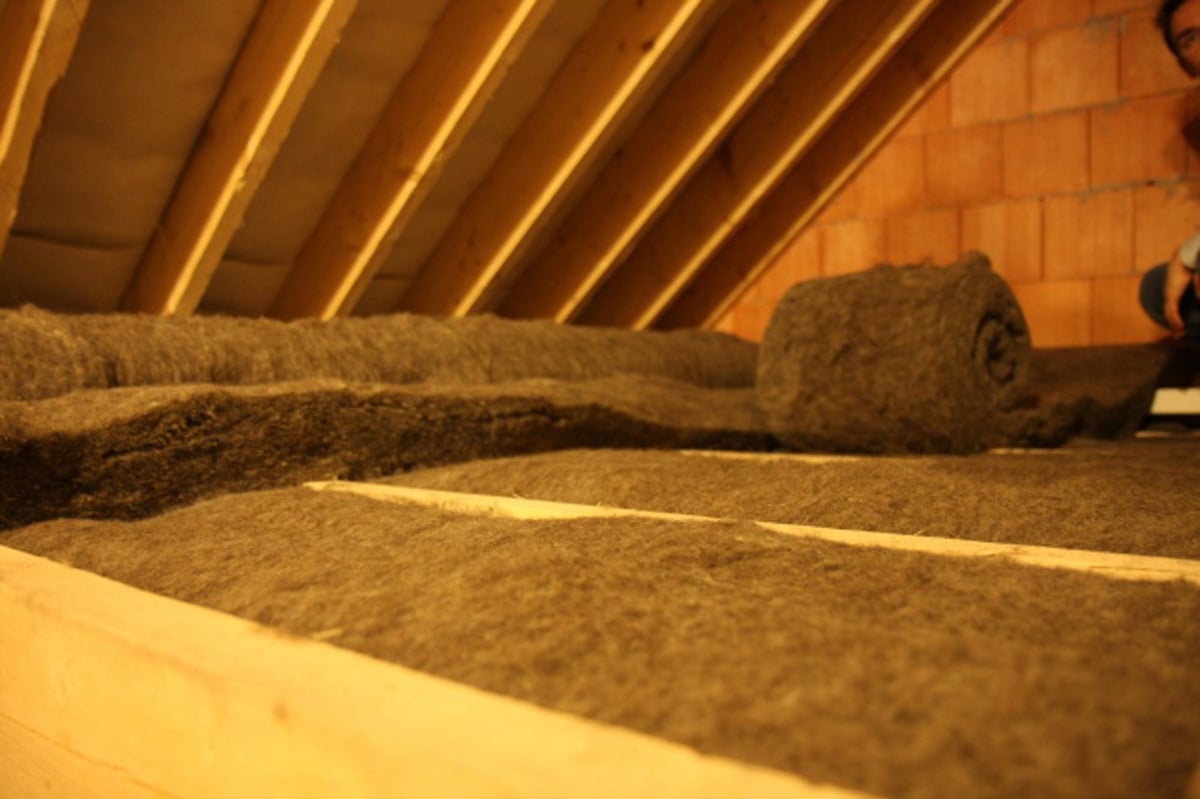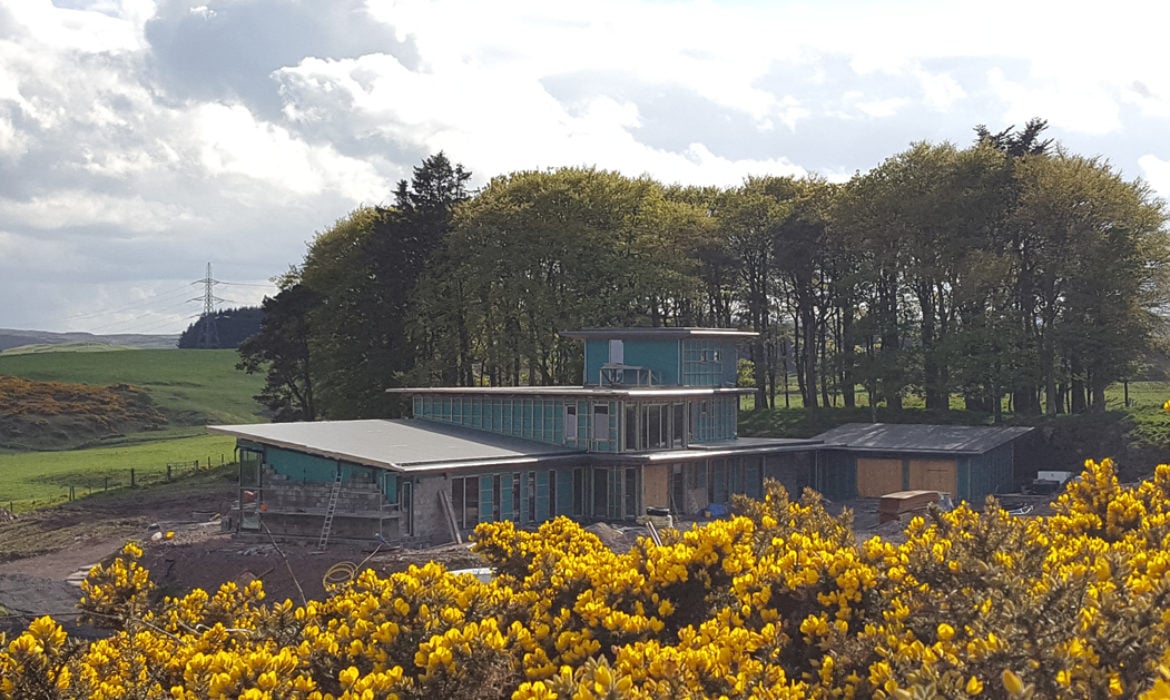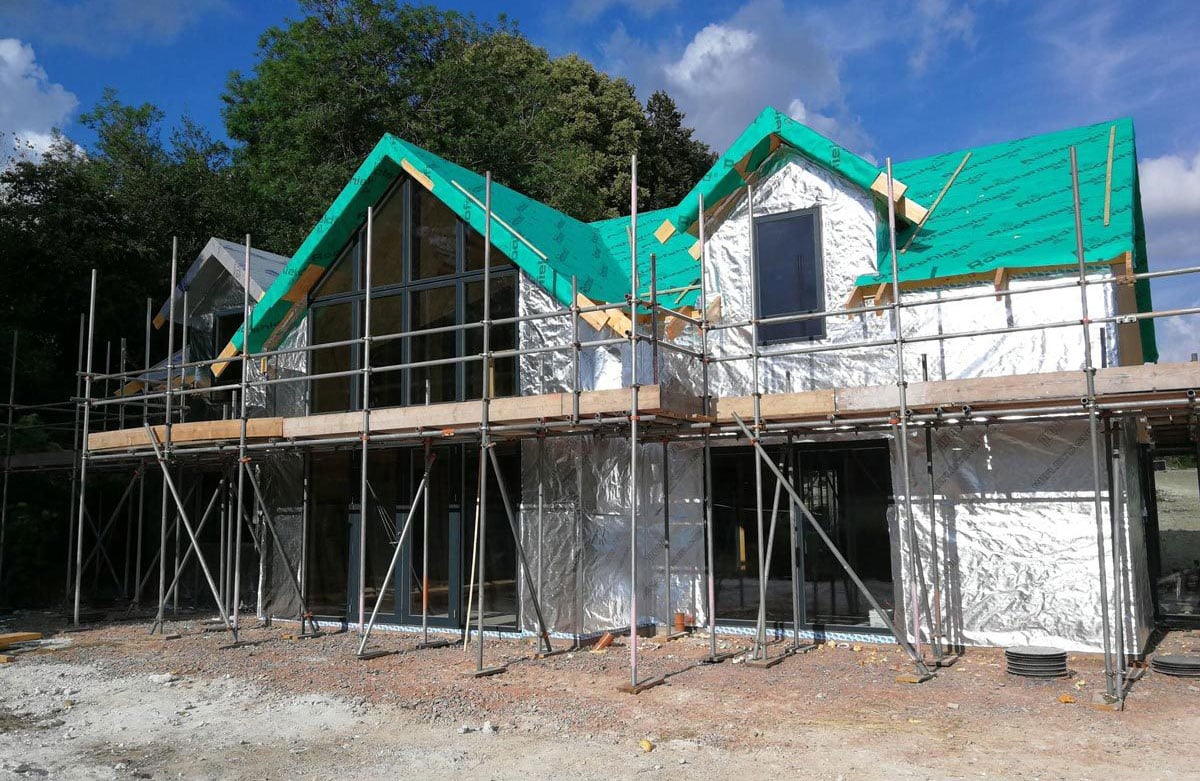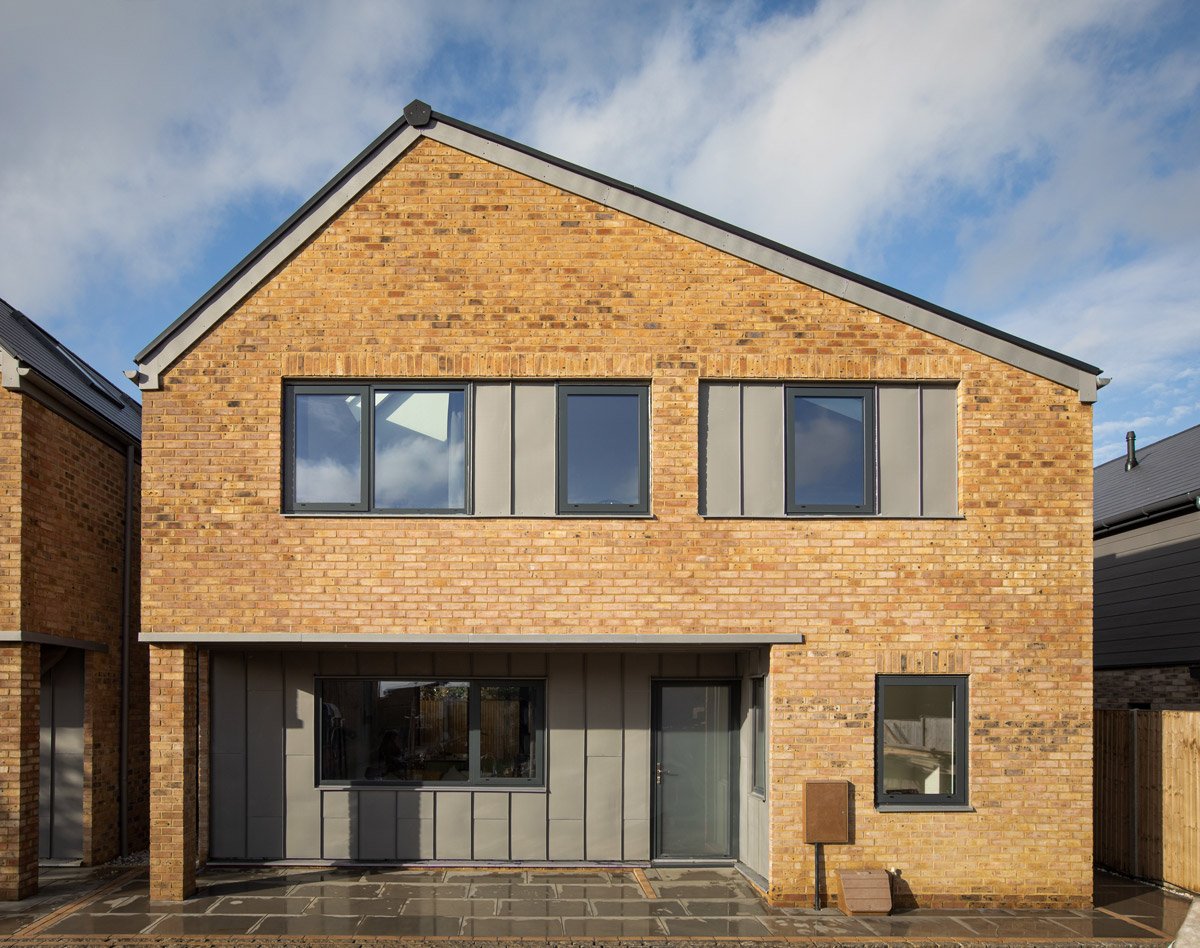As energy prices continue to skyrocket in a world full of financial woes, homeowners look for the best solutions to keep their homes energy-efficient and cost-effective. This is where insulation comes in. The hidden hero that can play a crucial role in maximising energy efficiency. Insulation can be used throughout an entire building to quash any heating concerns.
Choosing the right insulation is completely dependent on several factors, and navigating through the general dos and don’ts can be a challenge for those not in the know. Not to worry, we at AC Architects have created this handy breakdown of how insulation works, and how to use it.
HOW DOES INSULATION WORK?
First, let’s talk about heat. Heat naturally seeks colder areas in a building, looking to balance the temperature. This heat energy moves in three ways, convection, conduction, and radiation.
- Convection is the term used when heat energy moves through a free-flowing liquid or gas. Heated molecules will expand and displace, bringing all the heat energy with them.
- Conduction describes the way heat moves through a material. This can occur in all forms of matter.
- Radiation is a term used for heat transferred through electromagnetic waves, usually in a straight line.
All three movements occur in an average home. Convection-based heat loss commonly comes from air currents leading to open windows or doors. Conduction-based heat loss comes from heat escaping through a solid wall. Radiation-based heat loss occurs more generally through the home, with windows being a big culprit. Home insulation works to prevent these heat losses.

Insulation provides resistance to heat flow both out of your house in the winter, and into your house in the summer. This resistance brings a reduction in your heating and cooling costs and makes your house a much more comfortable place to be.
Insulation comes in many different forms, with each type providing benefits over others in certain situations. Choosing the right insulation could depend on a multitude of different factors. The climate, budget, and environmental impact to name a few.
Insulation is part of your home’s thermal envelope. The thermal envelope of your home is any structure in your home which separates the air inside your home from the air outside, which includes insulation, windows and doors, floors, outer walls, and roofs. The most important principle for energy efficient construction is ensuring there is a continuous insulating envelope around the building.
THE BENEFITS OF INSULATING YOUR HOME
Insulating your home can provide various benefits, both in terms of comfort and energy efficiency. Here are some key advantages of home insulation:
Improved Energy Efficiency
One of the primary benefits of home insulation is the improved energy efficiency. Insulation helps to regulate the temperature inside your home, reducing the need for heating in the winter and cooling in the summer. This can lead to lower energy consumption and reduced utility bills.
The improved energy efficiency brought by proper insulation helps you to meet the required u-values involved in Building Regulations. Ensuring that your home meets these regulations is not only a legal requirement but also ensures the safety and efficiency of your home.
Long-Term Value for Money
Due to the enhanced energy efficiency, a well-insulated home can result in significant cost savings over time. The initial investment in insulation can be outweighed by the long-term reduction in heating and cooling costs.
The cost savings from fitting insulation class it as a long-term investment. Once installed, it can provide benefits for years to come.
The financial benefits don’t end there, as a well-insulated home is often more attractive to potential buyers. Energy-efficient features, including insulation, can contribute to increased property value and make your home more marketable.
Indoor Quality of Life
If you combine insulation with a good ventilation system, you will reap the benefits of a better quality of life indoors. Insulation works in conjunction with the ventilation system to provide better quality air, as well as regulate humidity levels and prevent the build-up of pollutants inside the home.
Proper insulation can help control condensation on walls and windows. This is important for preventing moisture-related issues such as mould growth and damage to the structure of your home.
Insulation not only helps with temperature control but also provides sound insulation. It can minimise external noise, making your home a quieter and more peaceful place.

WHAT AREAS OF MY HOME SHOULD I INSULATE?
Insulation can be installed in floors, walls, lofts, ceilings, basements, around windows, or any area where heat can escape from your home. However, different areas of your home may have unique insulation needs which require a certain material. For example –
- Roofs and loft spaces might need insulation with a higher R-value (a measure of how good a material is at resisting the flow of heat) to prevent heat loss through the roof. Potential heat loss will be greater here since hot air rises.
- Walls where the amount of space taken by the insulation may be critical. Where insulation is bulkier to provide the required u-value, a different type may be chosen to maximise internal floor area.
- Floors require insulation which is suitable for loadbearing such as PIR (polyisocyanurate) insulation or EPS (expanded polystyrene insulation).
- Basements may require insulation that is resistant to moisture such as EPS or PIR
It’s also important to note that there are situations where insulation may not be appropriate and require a specialist solution. Rooms with high humidity or existing moisture problems, poor ventilation or specific temperature requirements need to be assessed to determine the best approach to the insulation required. Installing the wrong kind of insulation can lead to problems such as trapped moisture and mould growth.
HOW MUCH WILL INSULATION COST ME?
Since every home is different, it can be hard to find a set price for home insulation. The cost of insulation can vary depending on these factors:
- The type of insulation chosen
- The thickness of insulation required to meet the desired U-value.
- The size of the house
- The installation method
- The location
- Accessibility of the areas to be insulated.
A typical loft insulation can cost around £300, whereas a Solid Wall Insulation can cost up to £10,000. Useful online tools, such as the eco experts quote calculator, can help you find a more accurate price list for your insulation requirements.
Regardless of the initial installation costs, insulation can reduce heat loss by up to 50% in some areas of your home. This will save you hundreds of pounds per year on energy bills.
There are certain national grants available to some seeking insulation. Warmer Homes Scotland is a new scheme that offers people in need of greater energy efficiency. Check to see if you qualify before making any purchases.

WHAT KINDS OF INSULATION ARE THERE?
Insulation can come in many forms. These include, but are not exclusive to:
- PIR (polyisocyanurate) insulation
- Polyurethane insulation
- Polystyrene Insulation (EPS)
- Cellulose insulation
- Natural Fibre insulation (such as cotton, wool, hemp)
- Spray Foam insulation
- Mineral Wool insulation
Some forms of insulation can be installed by the homeowner, and others require professional installation. Certain natural alternatives provide a more sustainable and eco-friendly way to insulate. Check out our blog here for more information.
IS INSULATION EASIER TO INSTALL IN HOMES BUILT WITH CERTAIN METHODS?
Yes. For example, timber frame construction provides easy access to the wall and roof areas, whereas concrete block construction can make it difficult to install insulation due to the solid nature of the walls and might require exterior insulation or internal framing to provide areas to install the insulation.
Many construction methods come with insulation already built in, such as SIPS panels, ICF, and even timber kit panels.
CONSIDER AN ARCHITECT
An architect can help you in the process of choosing insulation. As architects, we consider the following aspects before any decisions are made:
- The design of the building, including the layout, orientation, and specific needs of different areas within the structure.
- If the Building Regulations are in place.
- Ensuring the chosen insulation meets or exceeds the energy efficiency required.
- The correct material for different locations.
- The integration of the insulation chosen with other elements such as ventilation, windows, and doors to ensure optimum performance.
- The balance between cost-effectiveness and performance.
- The construction details of how the insulation should be installed.
The insulation requirements should be set out in the initial stages of design. This ensures that the architect can align the design with the features of the home.
“Determining the insulation strategy early helps us plan for energy efficiency from the beginning, as it affects almost all potential features of the home such as the thickness of walls, and positioning of windows.”

The Passive House Planning Package (PHPP) is an effective tool used by a Passivhaus specialist, but calculations such as these come with extra fees. From our experience, the savings made in the long term are well worth the professional fees outlaid initially.
Insulation could be the key to maximising heat efficiency in your home. A well-insulated home not only provides a more consistent and pleasant living environment but also contributes to significant long-term cost savings by reducing energy consumption. The choice of insulation materials and the areas targeted for insulation should be guided by factors such as climate, local building regulations, and the specific needs of your home.
The investment in insulation is not only a practical step toward energy efficiency but also a contribution to environmental sustainability. A well-insulated home typically has a lower carbon footprint, aligning with broader efforts to reduce energy consumption and promote eco-friendly practices. Insulation could be the key to a happy and healthier home.



